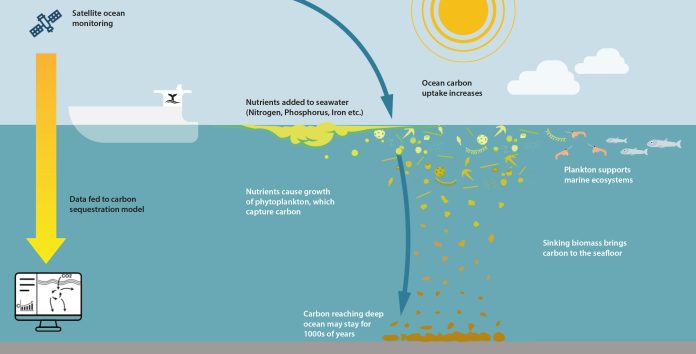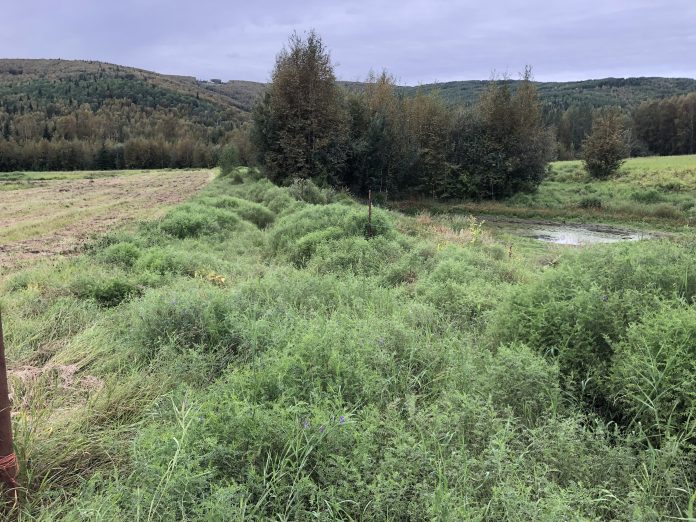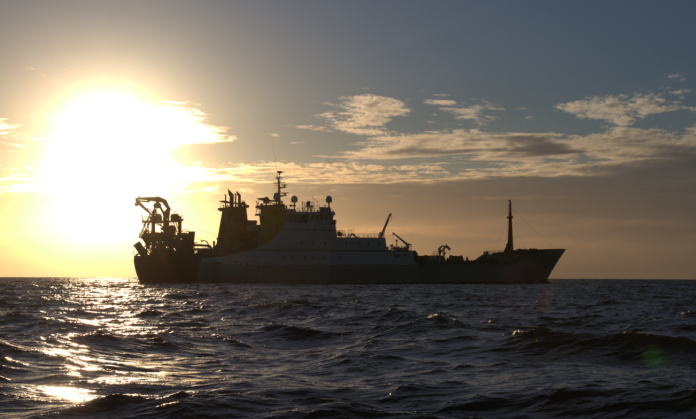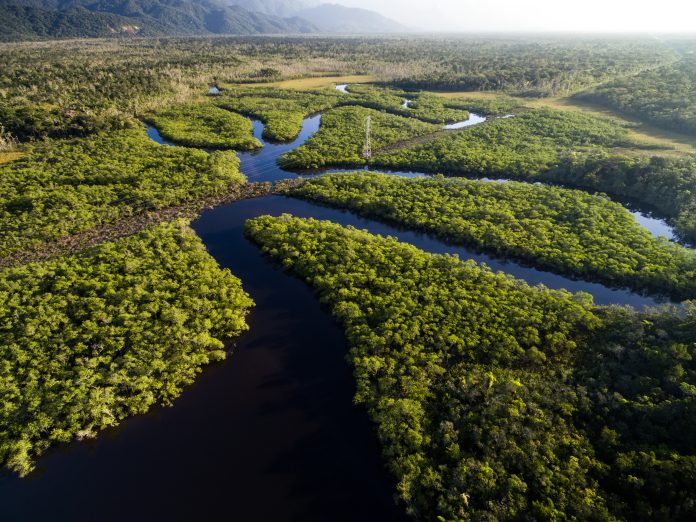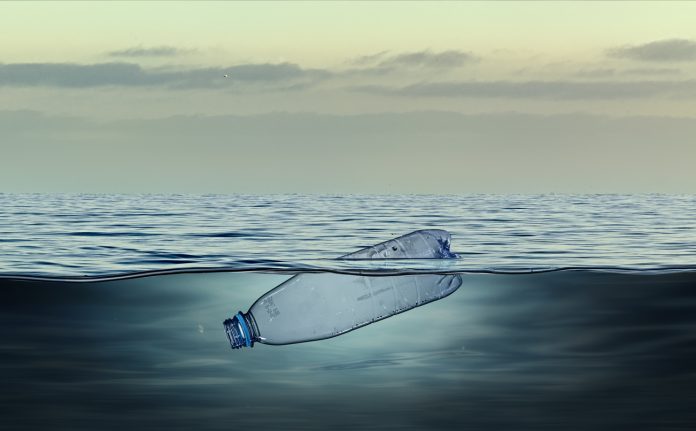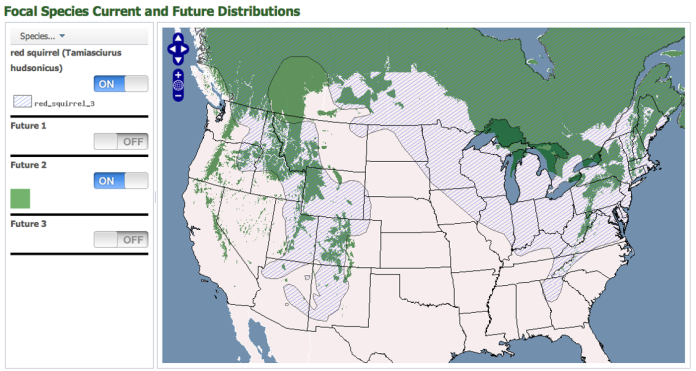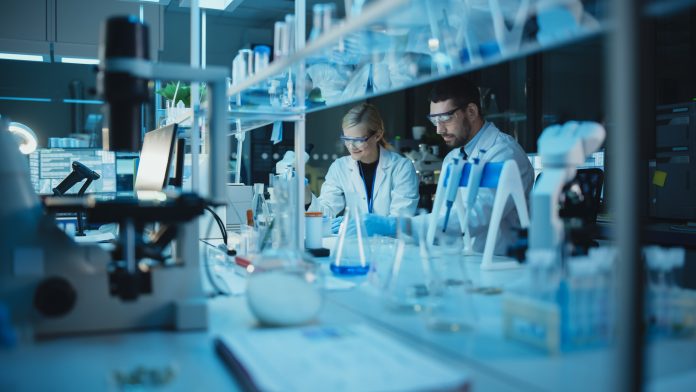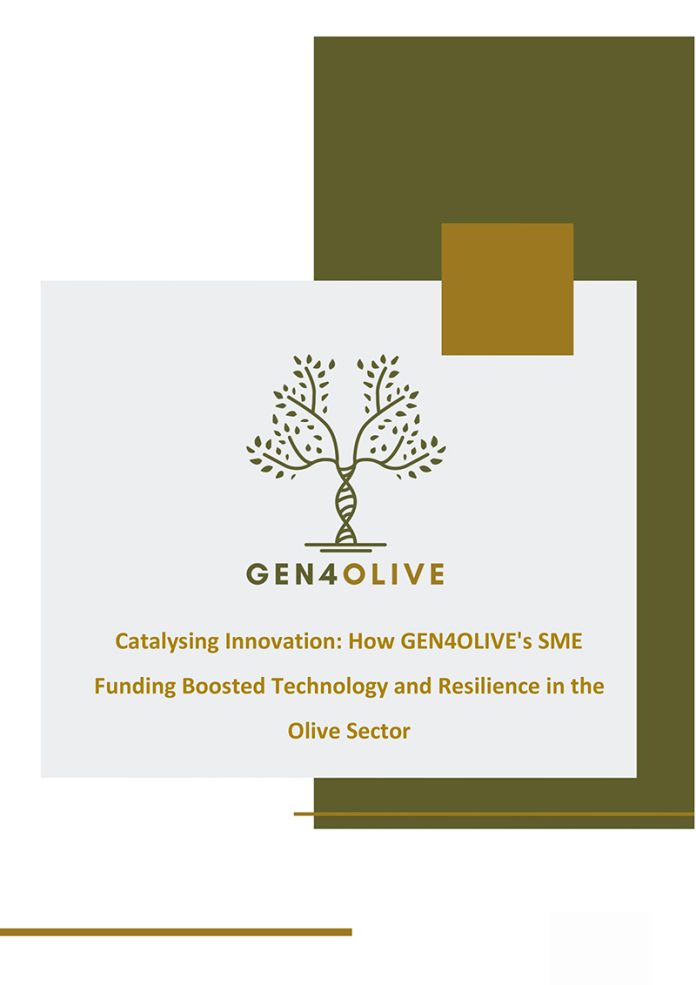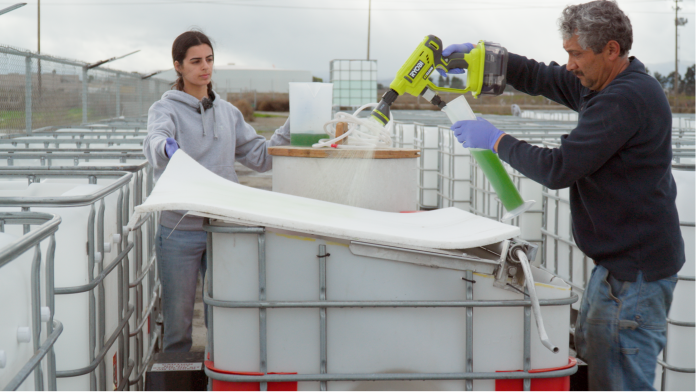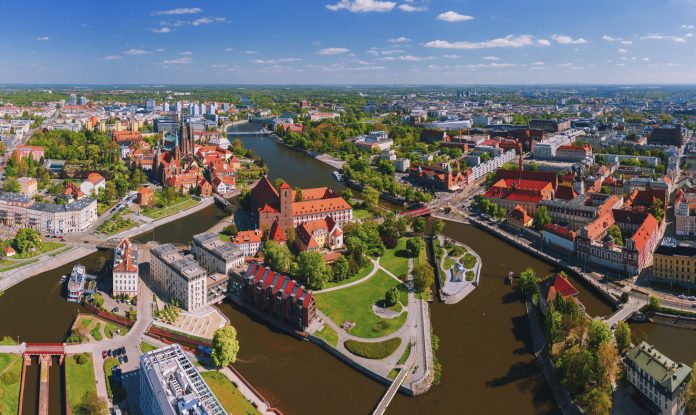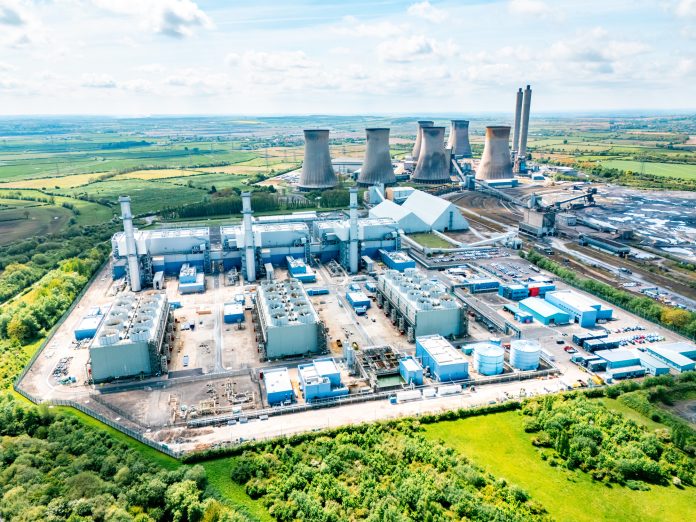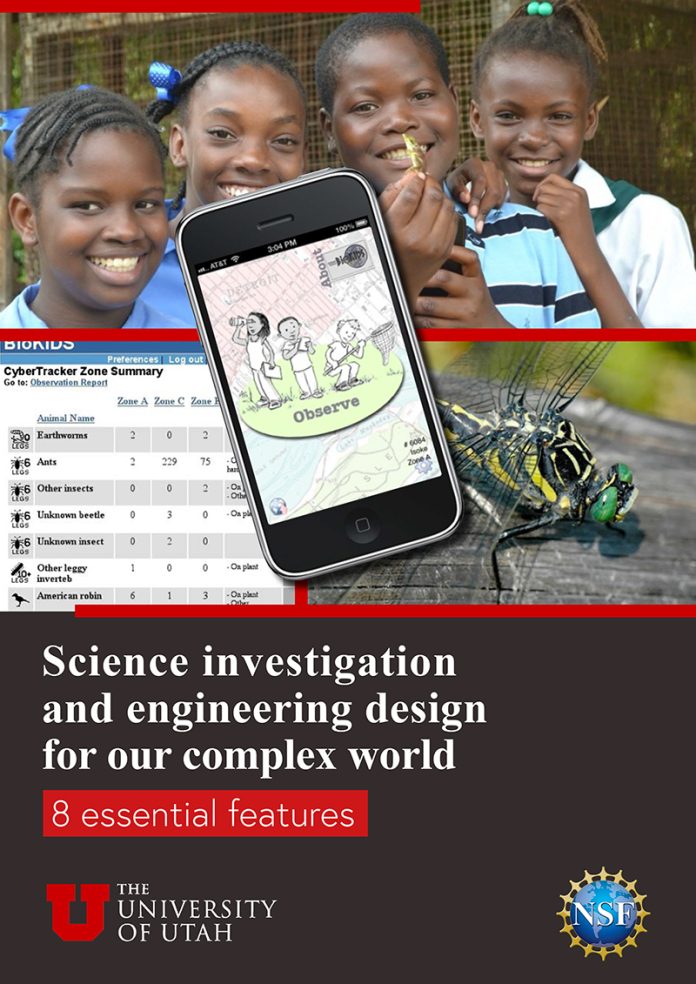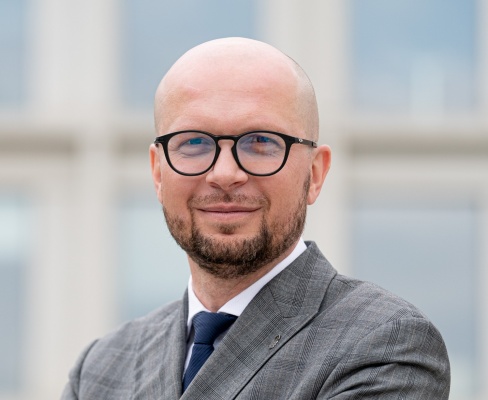Open Access Government produces compelling and informative news, publications, eBooks, and academic research articles for the public and private sector looking at health, diseases & conditions, workplace, research & innovation, digital transformation, government policy, environment, agriculture, energy, transport and more.
Home Search
climate change - search results
If you're not happy with the results, please do another search
Ocean nourishment sequestering carbon dioxide in the deep ocean
Phytoplankton have been essential to life on Earth for over 35 billion years. Through photosynthesis, they consume carbon dioxide on a scale comparable to that of forests and other land plants. Edwina Tanner from the WhaleX Foundation shares insights on this and discusses the potential for plankton-based solutions in marine carbon dioxide removal (mCDR) and ocean nourishment.
Role of extracellular electron transfer in the nitrogen cycle
Extracellular electron transfer impacts the nitrogen cycle by enhancing microbial processes and connecting to other biogeochemical cycles. Understanding EET mechanisms provides insights into ecosystem functioning and potential advancements; Arpita Bose and Zhecheng (Robert) Zhang explain.
Impacts of land clearing on areas containing permafrost
Melissa Ward Jones from the University of Alaska Fairbanks explores the impacts of land clearing on areas with permafrost.
The fishing industry’s role in protecting the marine environment
Phil Haslam, Managing Director of the North Atlantic Fishing Company, argues that the fishing industry must delicately balance its essential food production role with the need to protect the marine environment.
Early warning signs in the Amazon: Tipping elements are not tipping points
Unveiling the relationship between society and the environment, a new research project sheds light on “tipping points” – critical thresholds beyond which change becomes abrupt and potentially irreversible.
Greener flights: The UK introduces its Sustainable Aviation Fuel Mandate
As of January 1, 2025, the UK has officially started its journey to make air travel greener with the launch of its Sustainable Aviation Fuel (SAF) Mandate.
EV charging infrastructure in the UK
In July 2024, SSE and TotalEnergies announced the creation of Source, a major new player in EV charging infrastructure in the UK and Ireland. With the joint ventures’ first branded ultra-rapid hub due to open in just a few weeks, the company tells us what we can expect from the new business.
Global environmental policy updates
Explore the latest global environmental policy updates through this insightful and thought-provoking analysis from Open Access Government.
Science investigation and engineering design: The seven sectors of stem solutions
Nancy Butler Songer, the Associate Provost of STEM Education at the University of Utah, focuses on science investigations and engineering design relevant to our complex world by identifying the Seven Sectors of STEM Solutions.
The UK’s 2025 plans to boost participation in Horizon Europe
New plans set by the UK government will grow their participation in Horizon Europe, the world's largest research programme, offering 380 billion in funding between 2021 and 2027.
Exposomics: A shift in biomedical research with potential to improve human health
Recent advances in exposomics offer an exciting opportunity to comprehensively catalog human exposures and link them to biological responses determining health and disease. Pamela J. Lein, Ph.D. from the University of California, tells us more.
GEN4OLIVE – Catalysing Innovation
How GEN4OLIVE's SME funding boosted technology and resilience in the olive sector.
Primate exposure to anthropogenic pollutants: An overlooked conservation concern
Michael Wasserman of Indiana University discusses research on wild primate exposure to endocrine disruptors, such as pesticides, flame retardants, and phytoestrogens.
Carbon capture surface: CO2 removal technology
Beth McDaniel, JD, Partner President from Reactive Surfaces Ltd. LLP, introduces us to Carbon Capture Surfaces, a CO2 removal technology that checks all the boxes.
Innovating food security: Wrocław shapes a resilient food future
Jakub Mazur, Deputy Mayor of Wrocław, Poland, and a member of ICLEI Europe’s Regional Executive Committee, discusses innovative food security policies, including how Wrocław is shaping a resilient future through food.
UK’s first carbon capture project in Teesside
As the UK transitions into clean energy, they have now signed for the country's first carbon capture, usage and storage (CCUS) projects in Teeside.
Space exploration with NASA: Where will space research take us in 2025?
2024 was a year of remarkable achievements for NASA, marked by groundbreaking missions, scientific discoveries, technological advancements and continued space exploration. As we prepare for 2025, the agency continues to push the boundaries of human exploration and knowledge.
Solving the carbon storage gap with ocean-based enhanced weathering reactor technologies
Martin Van Den Berghe, CEO of Cytochrome, explains how to solve the carbon storage gap with ocean-based Enhanced Rock Weathering reactor technologies.
Science investigation and engineering design for our complex world
Here, we explore the critical need for STEM education to integrate science and engineering. Highlighting real-world projects, this eBook reveals eight essential features to empower students to tackle complex challenges and become innovative problem-solvers.
Jakub Mazur – Wrocław & ICLEI Europe
Jakub Mazur holds two Master’s degrees and an executive MBA with over 20 years of corporate business experience. He has served as Deputy Mayor of Wrocław since 2018 and is responsible for supervising the Department of Strategy and Sustainable Development and representing the City in International Affairs.
His operational scope...

